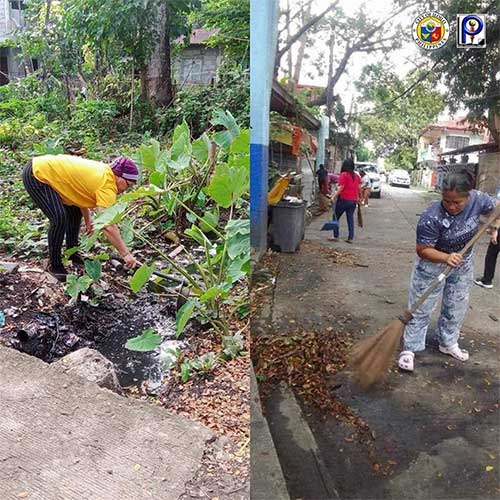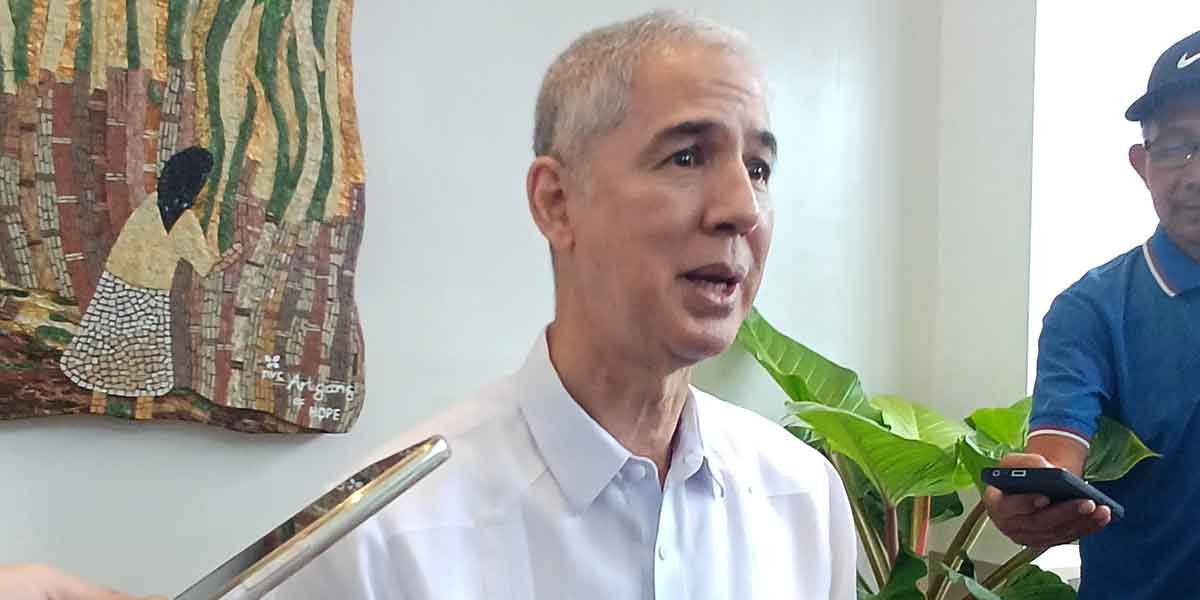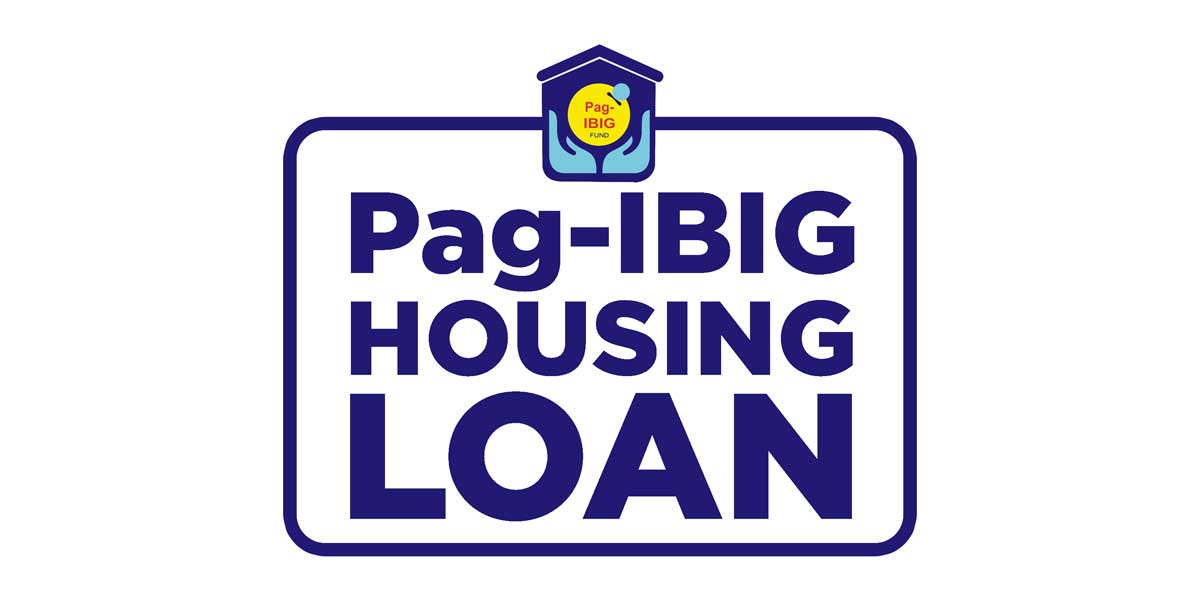
By Joseph Bernard A. Marzan
The Department of Health (DOH)-Western Visayas Center for Health Development (WVCHD) is urging the public to conduct search-and-destroy activities in their communities following a rise in dengue cases this year.
DOH-WVCHD data from Jan. 1 to Feb. 15, 2025, recorded 1,703 dengue cases in the region, with 292 new cases logged in Morbidity Week 7 (Feb. 9-15).
Children remain the most affected, with 38% of cases among those aged 1 to 10 years old and 31% in the 11-to-20-year-old age group.
Dr. Bea Camille Natalaray, Medical Officer IV of the regional office’s Infectious Diseases section, said this year’s cases have already surpassed the 988 cases recorded during the same period in 2024.
Western Visayas recorded a total of 34,880 dengue cases in 2024.
Natalaray attributed the increase to changing weather patterns, particularly frequent rains, which create more breeding grounds for mosquitoes.
“Mosquitoes thrive in stagnant water, which serves as their habitat. More breeding areas mean more mosquitoes in our communities. That’s why search-and-destroy activities are critical,” she said in a virtual briefing on Feb. 25.
“With unpredictable weather and frequent rains, we need to consistently check for potential mosquito breeding sites,” she added.
On Feb. 24, the DOH-WVCHD launched the Alas Kwatro Kontra Mosquito campaign to reinforce the search-and-destroy strategy against mosquito breeding sites.
Natalaray encouraged barangays identified as dengue hotspots to support fogging activities or seek assistance from their local government units.
“We invite everyone in Western Visayas to join us regularly for Alas Kwatro Kontra Mosquito. Every 4 p.m., let’s make it a habit to check our homes, workplaces, communities, and schools for mosquito breeding areas,” she said.
The regional office has prepositioned 23,690 dengue combo test kits for provinces and cities as of January 2025. As of December 2024, it has also distributed:
-3,600 bottles of larvicide
-1,104 bottles of adulticides for fogging and misting
-4,000 sachets of adulticides for indoor residual spraying
-3,000 long-lasting insecticide-treated nets
The DOH has also issued a memorandum for the establishment and re-establishment of dengue fast lanes in health care facilities.



















